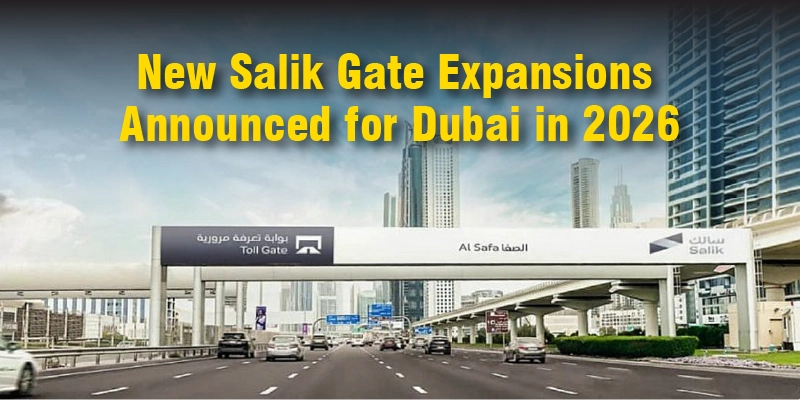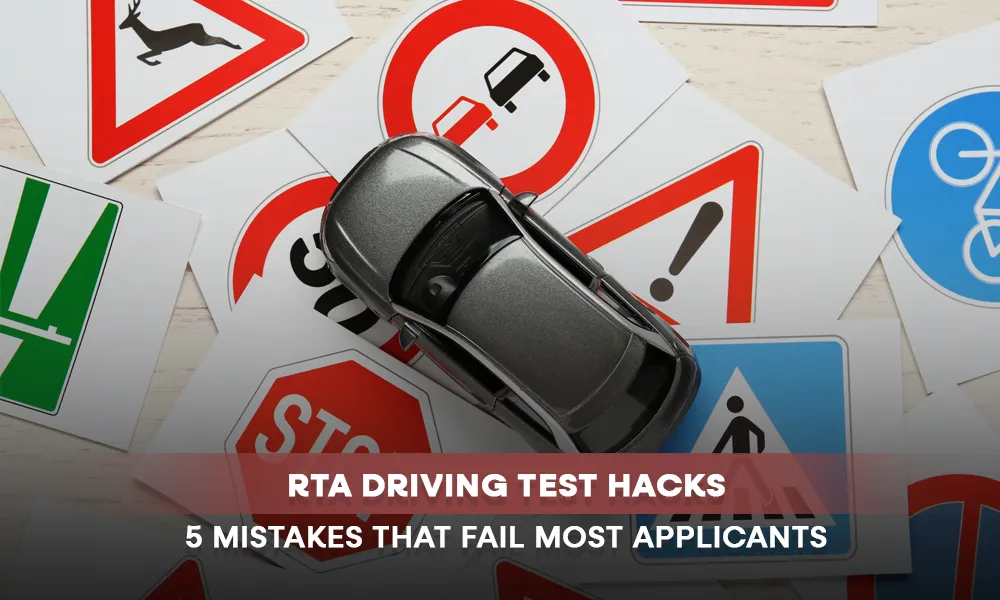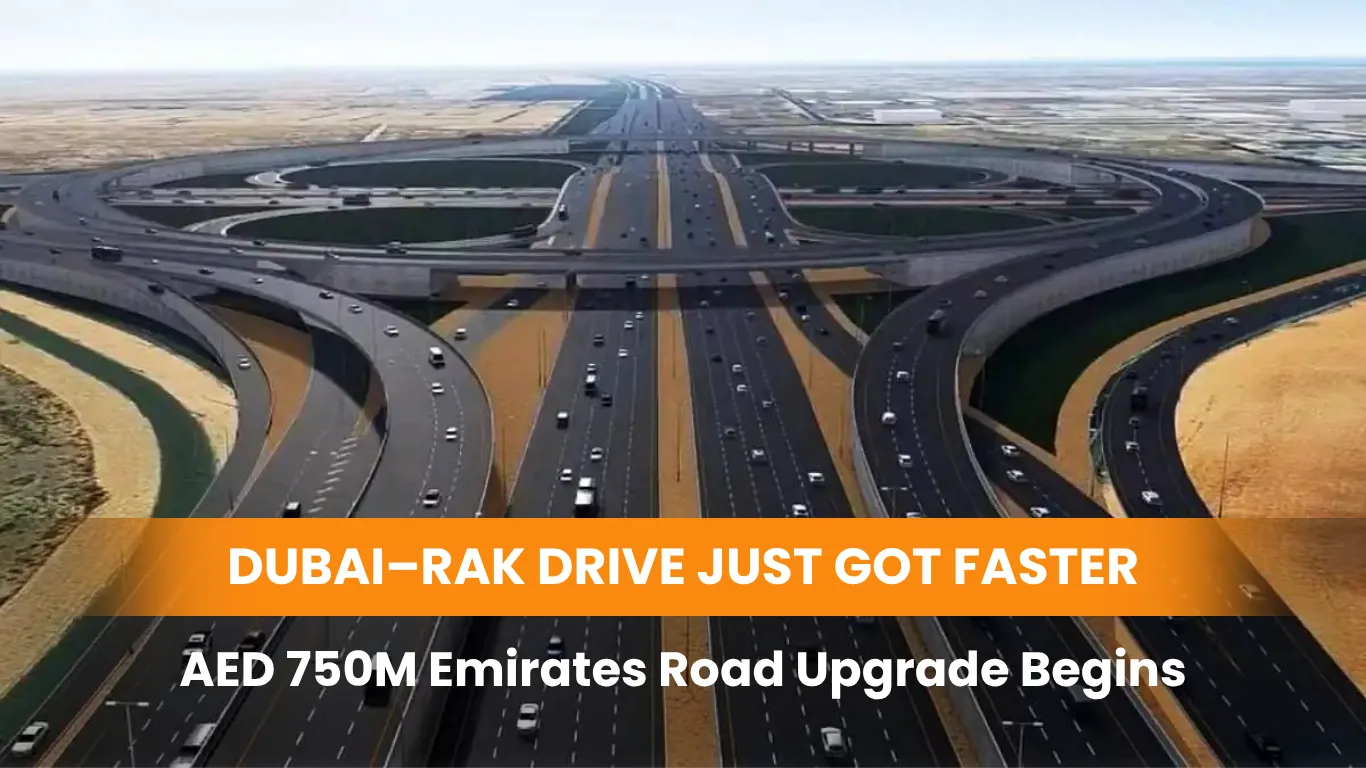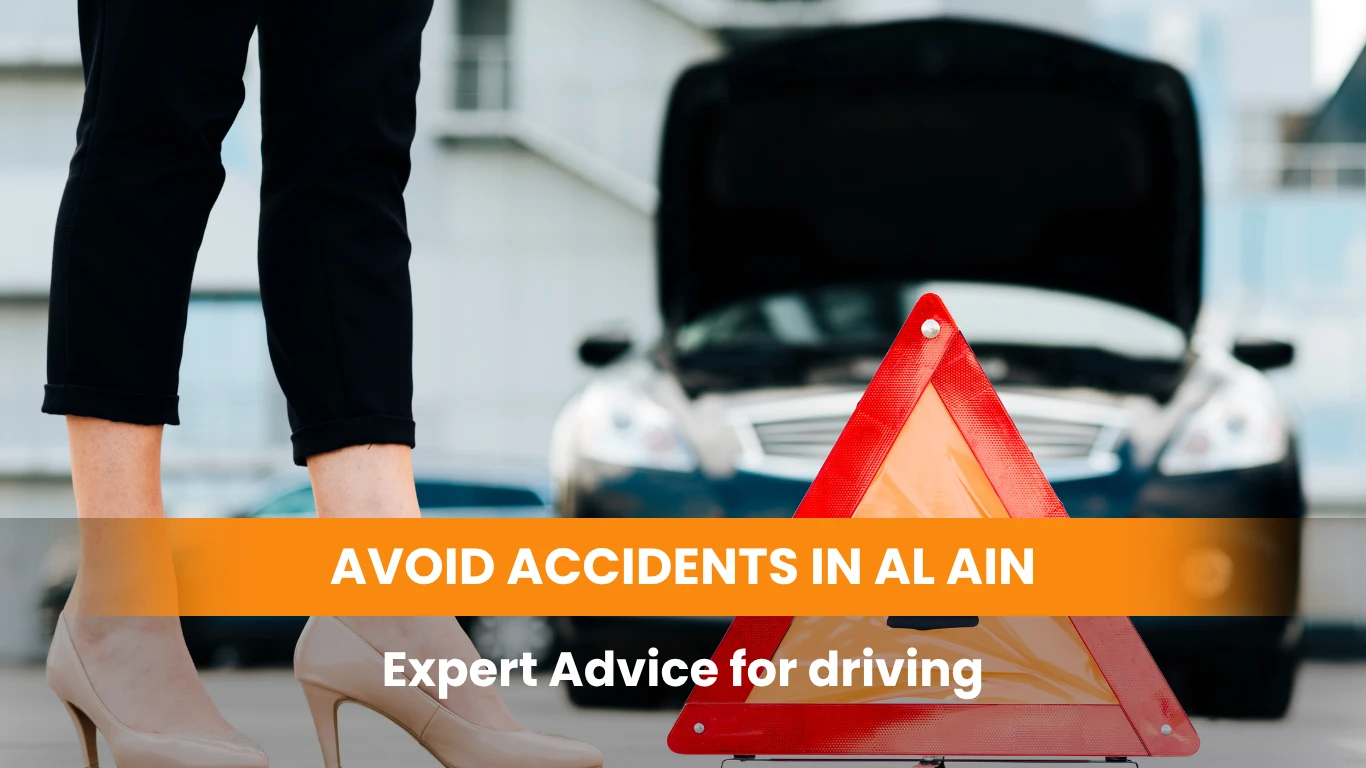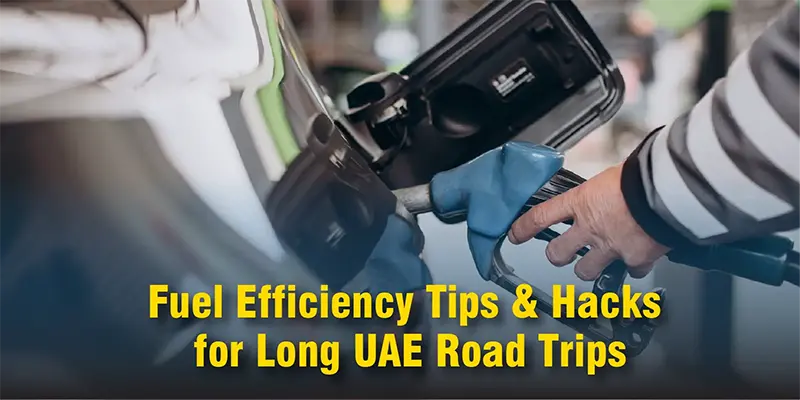Dubai has always been a step ahead when it comes to innovation — whether it’s futuristic architecture, AI-driven government services, or the city’s dynamic transportation system. As we step closer to Salik Dubai 2026, the emirate’s roadmap for smarter mobility takes another leap forward. The new Salik gates Dubai are not just toll points; they represent the city’s evolving infrastructure philosophy — a blend of efficiency, sustainability, and technology.
In this in-depth look, we explore how the Dubai toll gates expansion will shape everyday commutes, support the city’s economic growth, and reinforce Dubai’s reputation as a global leader in intelligent urban planning.
A Glimpse into Dubai’s Smarter Future
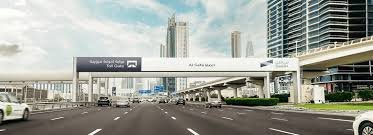
To understand the essence of Salik Dubai 2026, one must look beyond toll systems and into the city’s long-term urban vision. Dubai’s Roads and Transport Authority (RTA) is aligning its strategies with the Dubai 2040 Urban Master Plan — one that prioritizes seamless connectivity, reduced congestion, and sustainable city living.
As part of this broader goal, streets in over 40 Dubai areas will be better lit by 2026, according to a recent announcement by Gulf News. The project aims to enhance visibility, safety, and environmental efficiency, using more than 1,000 energy-saving LED units already installed in areas like Abu Hail, Al Baraha, and Umm Suqeim 1.
This initiative complements the Dubai toll gates expansion, reinforcing the emirate’s mission of creating smarter, greener, and more efficient mobility corridors.
Better-lit roads, improved traffic monitoring, and advanced tolling systems will together shape a more intelligent transportation grid — one that integrates road infrastructure with data analytics, AI, and sustainability.
Salik: A Legacy of Seamless Mobility
When Salik was first introduced in 2007, it revolutionized the way people moved across Dubai. Derived from the Arabic word for “open” or “clear,” Salik represented freedom from congestion — a smooth, cashless, stop-free toll system that quickly became synonymous with urban efficiency.
Today, Salik Dubai 2026 stands at a new turning point. The system currently operates 10 active gates, including the most recent additions at Business Bay Crossing on Al Khail Road and Al Safa South on Sheikh Zayed Road. These new gates were introduced strategically to balance citywide traffic, improve journey times, and optimize road usage.
The Business Bay Crossing gate, for instance, is expected to reduce congestion on Al Khail Road by 12–15%, while the Al Safa South gate will ease traffic flow between Sheikh Zayed Road, Meydan, and the surrounding communities. This targeted expansion not only improves traffic flow but also minimizes environmental impact by reducing idle time and emissions.
Salik Dubai 2026: What to Expect
Although official announcements are still unfolding, the roadmap for Salik Dubai 2026 suggests a wider network of toll points designed to manage increasing urban mobility needs. As Dubai’s population grows and new communities emerge, expanding Salik’s coverage ensures smoother connectivity between old and new zones.
The new Salik gates Dubai are expected to be deployed in high-demand corridors — possibly connecting upcoming residential zones, business districts, and key arterial highways. This expansion aligns with Salik’s investor outlook, which confirms ambitions to extend its toll network both within Dubai and potentially to neighboring emirates.
Smart Technology Meets Smart Roads
The 2026 rollout will likely see increased use of:
- AI-driven traffic monitoring systems to track congestion and adjust toll policies dynamically.
- Integrated digital platforms connecting Salik data with RTA’s real-time traffic management centers.
- Sustainability metrics — measuring emissions reduction, time savings, and traffic density optimization.
This data-driven approach will help Dubai take another leap toward becoming one of the world’s most connected and efficient smart cities.
Economic and Social Impact
1. Revenue Reinvestment into Infrastructure
Beyond toll collection, Salik charges in the UAE contribute significantly to Dubai’s transport development fund. The two new gates announced in 2024 alone are valued at AED 2.73 billion, to be paid to RTA over six years. These funds help sustain investments in road expansions, metro connectivity, electric mobility hubs, and smart transportation technologies.
In the first half of 2025, Salik reported a 41.5% increase in net profit, reflecting Dubai’s robust post-pandemic recovery and growing commuter activity. The new gate expansions will continue to fuel such growth, creating a self-sustaining ecosystem of infrastructure investment.
2. Boosting Economic Productivity
Traffic congestion costs time — and time is money. By reducing commute durations and improving traffic distribution, Dubai toll gates expansion enhances productivity across all sectors. Businesses benefit from faster deliveries, smoother logistics, and greater workforce punctuality.
3. Sustainability and Reduced Emissions
Dubai’s environmental goals are interwoven with its traffic policies. Reducing congestion directly lowers vehicle emissions, while optimized travel routes cut fuel consumption. With Salik Dubai 2026, drivers will experience not just smoother travel, but also contribute to the emirate’s sustainability targets.
4. Encouraging Public Transport Usage
Every toll gate also serves as a subtle incentive for commuters to switch to public transportation. Dubai Metro, RTA buses, and shared mobility services stand to gain as commuters seek more affordable and sustainable alternatives. Over time, this will lead to a more balanced transport mix, reducing private car dependency.
What Drivers Need to Know
While the future of Salik Dubai 2026 is promising, it also calls for awareness and adaptation from daily commuters. Here’s how you can stay ahead:
- Stay Updated: Follow official RTA and Salik announcements about new gate installations or location-specific toll adjustments.
- Plan Routes Wisely: Use navigation apps that factor in Salik charges UAE to find the most cost-effective paths.
- Consider Off-Peak Travel: If dynamic tolling is introduced, plan your commute during off-peak hours to save on tolls.
- Maintain Sufficient Balance: Ensure your Salik account is topped up to avoid fines and maintain uninterrupted travel.
- Adopt Greener Habits: Combine trips, carpool, or consider hybrid/electric vehicles for lower emissions and long-term savings.
Lighting Dubai’s Roads — A Symbol of Progress
The simultaneous expansion of Salik gates and the rollout of advanced street lighting systems are not coincidental — they represent a synchronized vision.
By 2026, 40 areas in Dubai will feature advanced LED lighting systems powered by smart sensors that automatically adjust brightness based on pedestrian and vehicle movement. This complements the Dubai toll gates expansion, enhancing night-time safety and reducing power consumption by up to 45%.
The connection between light and mobility is symbolic — it’s about clarity, safety, and guiding the city toward a sustainable future.
The Bigger Picture: A Global Mobility Model
Dubai’s expansion of Salik is not just a local infrastructure story — it’s a model for global cities seeking smarter traffic management.
From Singapore’s ERP (Electronic Road Pricing) system to London’s congestion charge, major cities are turning to dynamic tolling as a way to manage limited road space. What sets Salik Dubai 2026 apart is the integration of real-time data, environmental goals, and long-term city planning — all within the framework of the UAE’s vision for a diversified, digital-first economy.
FAQs
The initiative aims to expand Dubai’s toll gate network to improve traffic flow, enhance road safety, and reduce congestion through smarter and more sustainable mobility management.
As of 2025, Dubai operates 10 Salik gates, including the newest additions at Business Bay Crossing and Al Safa South.
Currently, the toll rate is AED 4 per crossing. However, the government may explore dynamic pricing in the future to balance congestion and improve traffic distribution.
Reduced congestion means fewer emissions, improved air quality, and lower fuel usage — supporting Dubai’s green city initiatives.
Yes, logistics companies may need to adjust routes or schedules to optimize costs, but the improved traffic flow and shorter transit times will offset toll expenses in the long run.
Closing Insights: Beyond Gates, Toward Greater Mobility
As 2026 approaches, the introduction of new Salik gates Dubai marks not just an expansion of infrastructure, but an evolution of how Dubai defines movement.
It’s about creating a city where technology, sustainability, and everyday convenience meet. For residents, it means smoother drives, smarter roads, and a cleaner urban environment. For investors, it signals confidence in Dubai’s long-term growth. And for visitors, it ensures that the journey across the city is as seamless as its skyline is iconic.
The Salik Dubai 2026 initiative reaffirms one truth — Dubai doesn’t just build roads; it builds the future of urban mobility at Miss Auto UAE.

